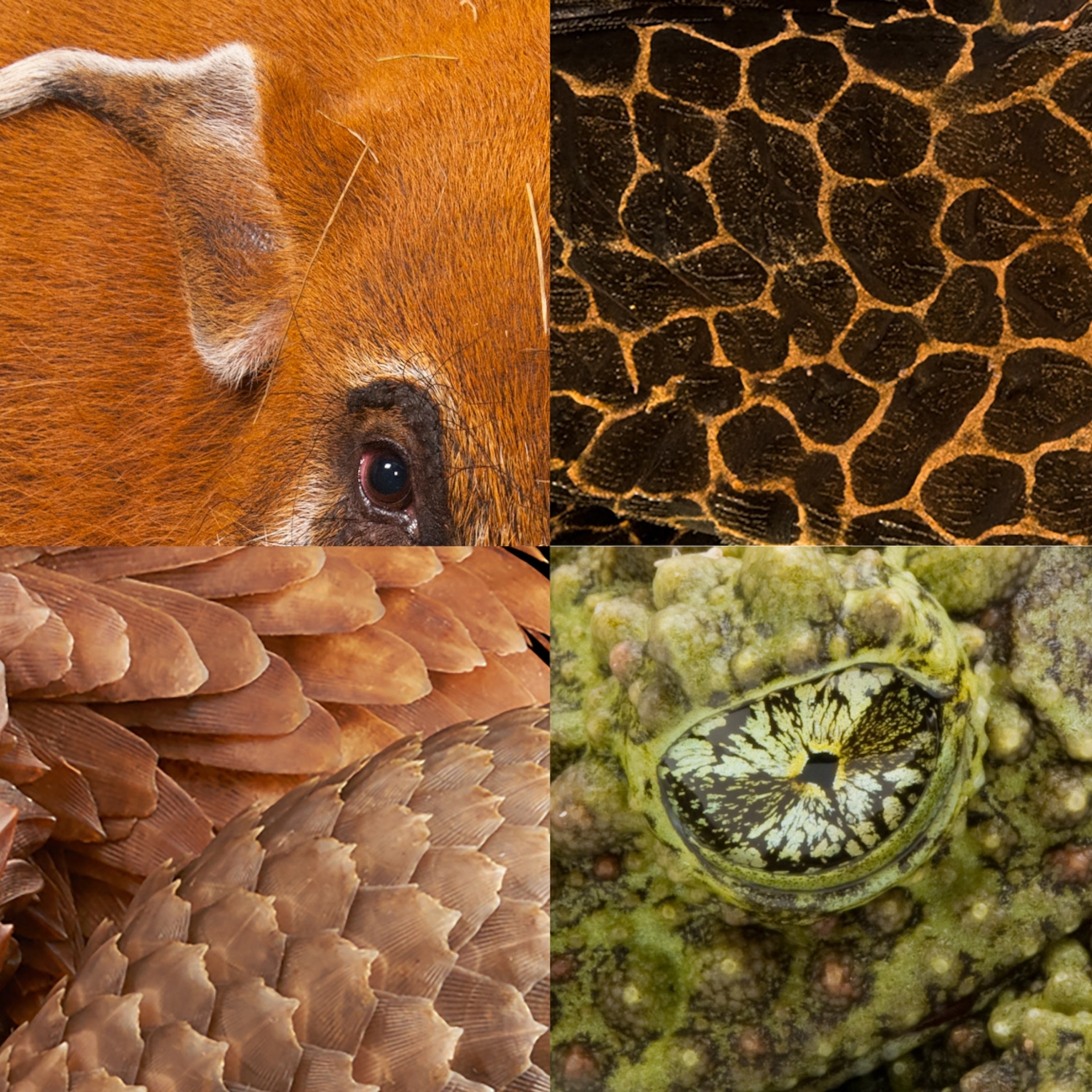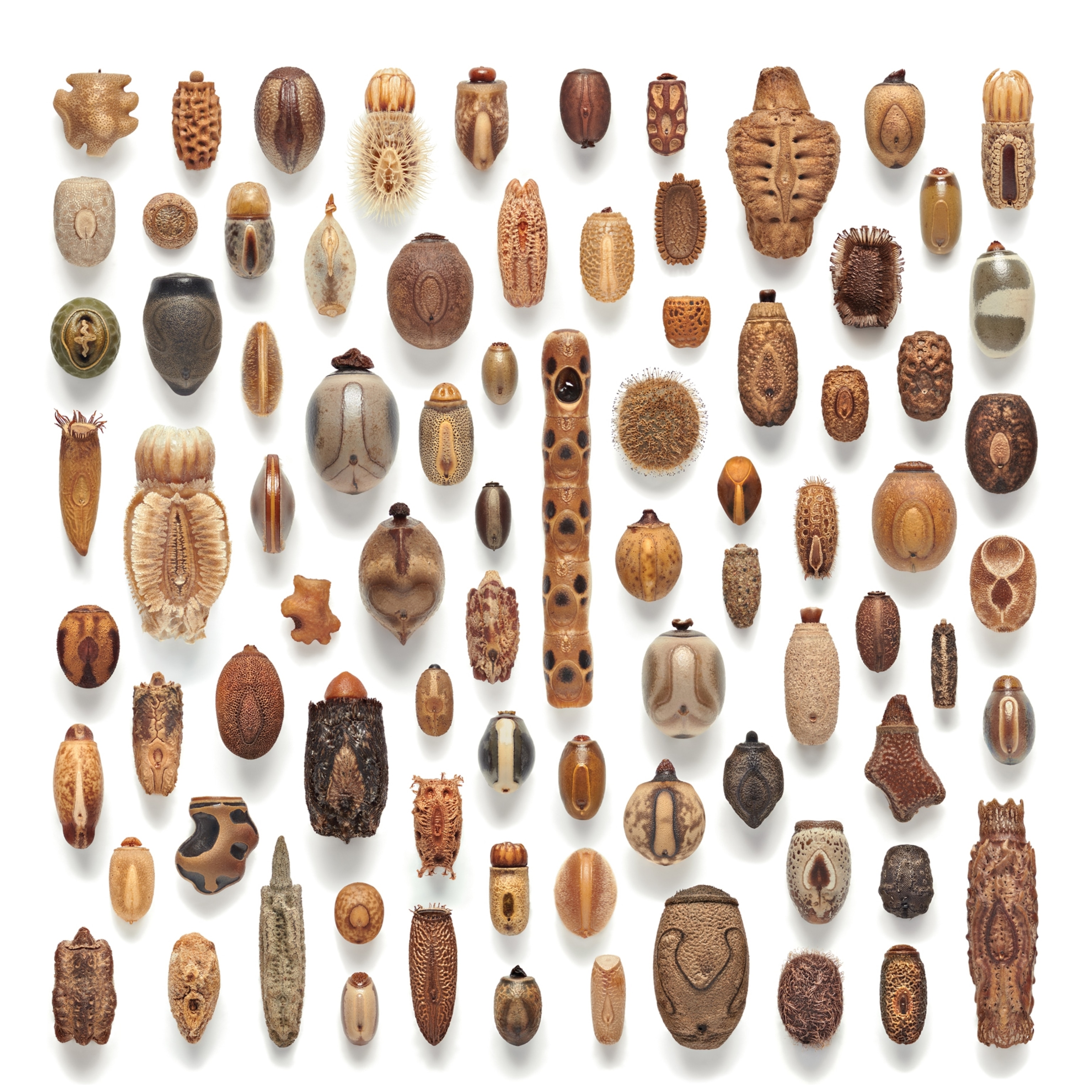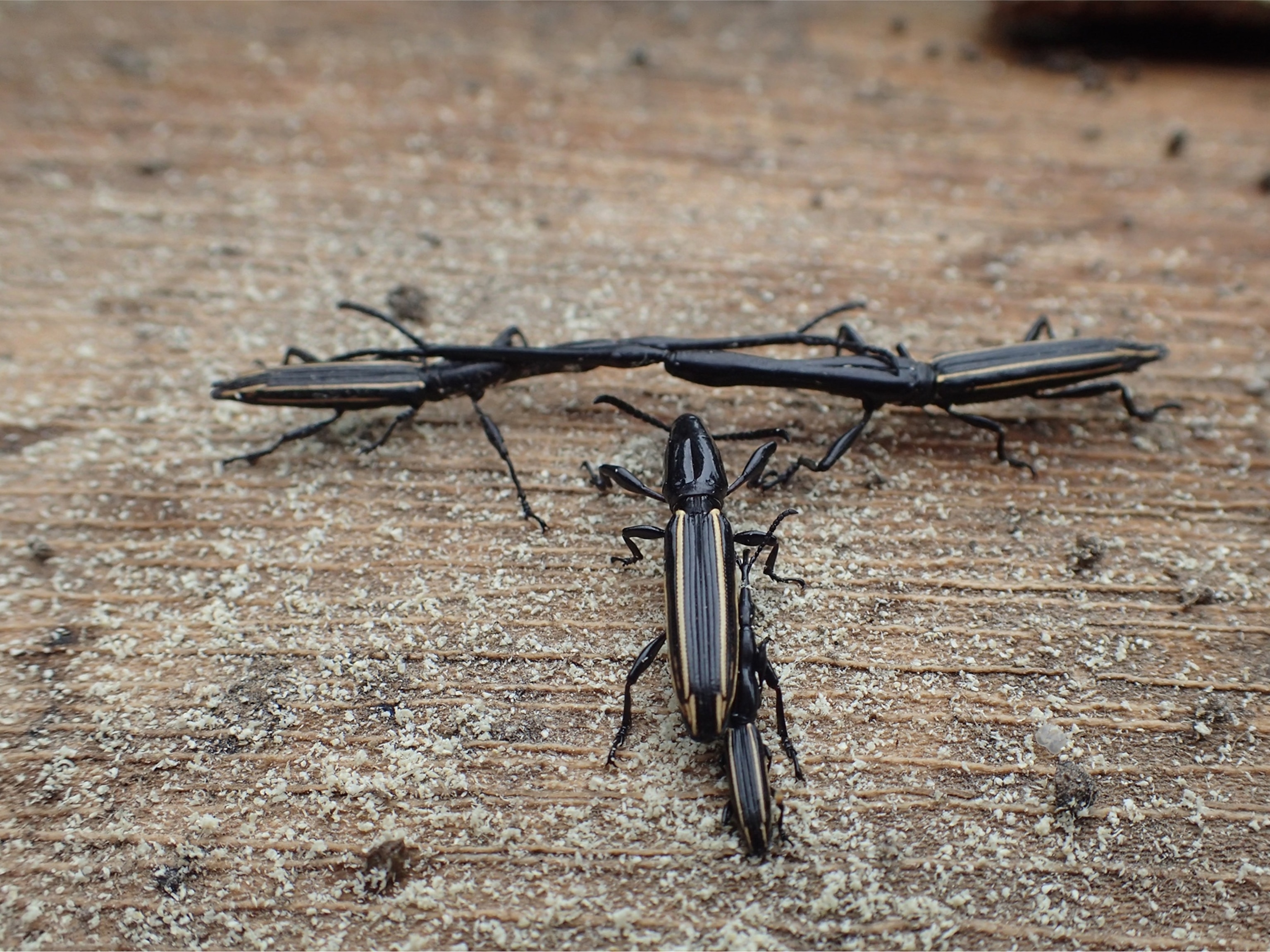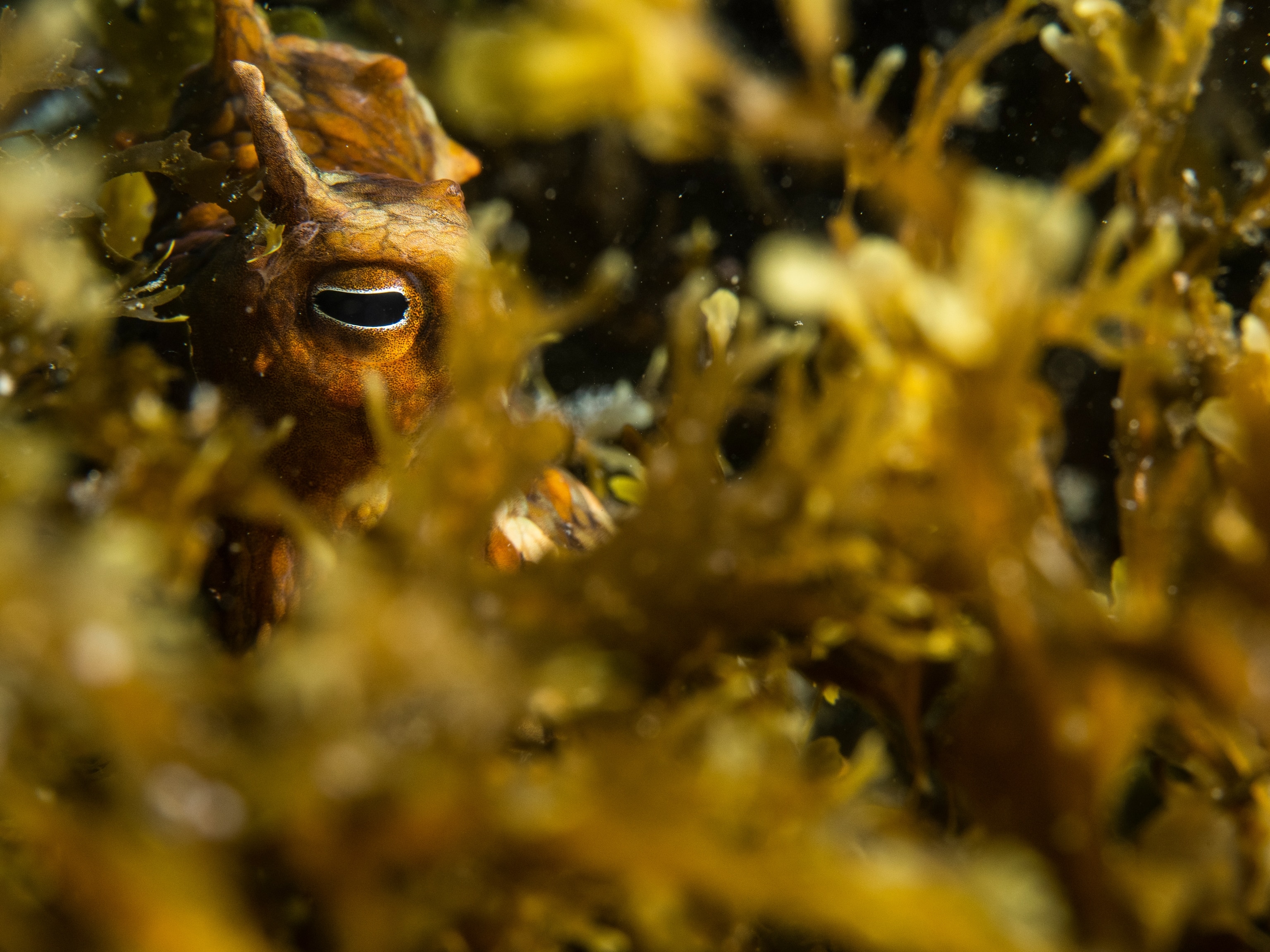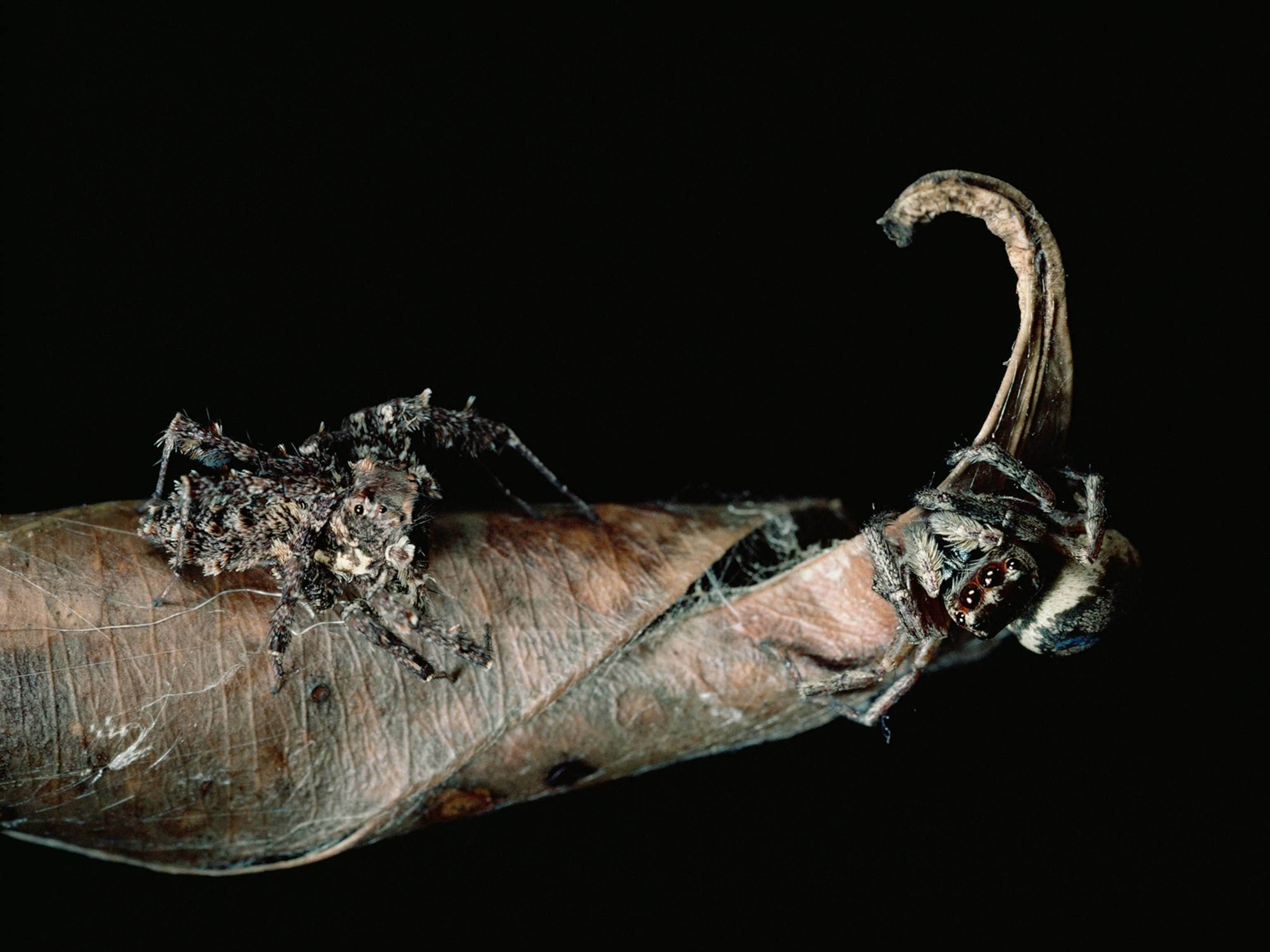These animals evolved to be ‘ultrablack’—here’s why
An ant that disappears into the forest floor, a bird that demands attention from mates—for these animals, an inky black exterior is an evolutionary advantage.

Crawling along the underbrush of the tropical savannas of Brazil, there’s a powerful and mysterious insect known as the velvet ant.
Actually a kind of wasp, wingless females of this species (Traumatomutilla bifurca) sport striking black-and-white color patterns that make them look like miniature panda bears. But you wouldn’t want to nuzzle these furry little beasts. Their wallop of a sting has earned them another name—locals call it the cow-killer.
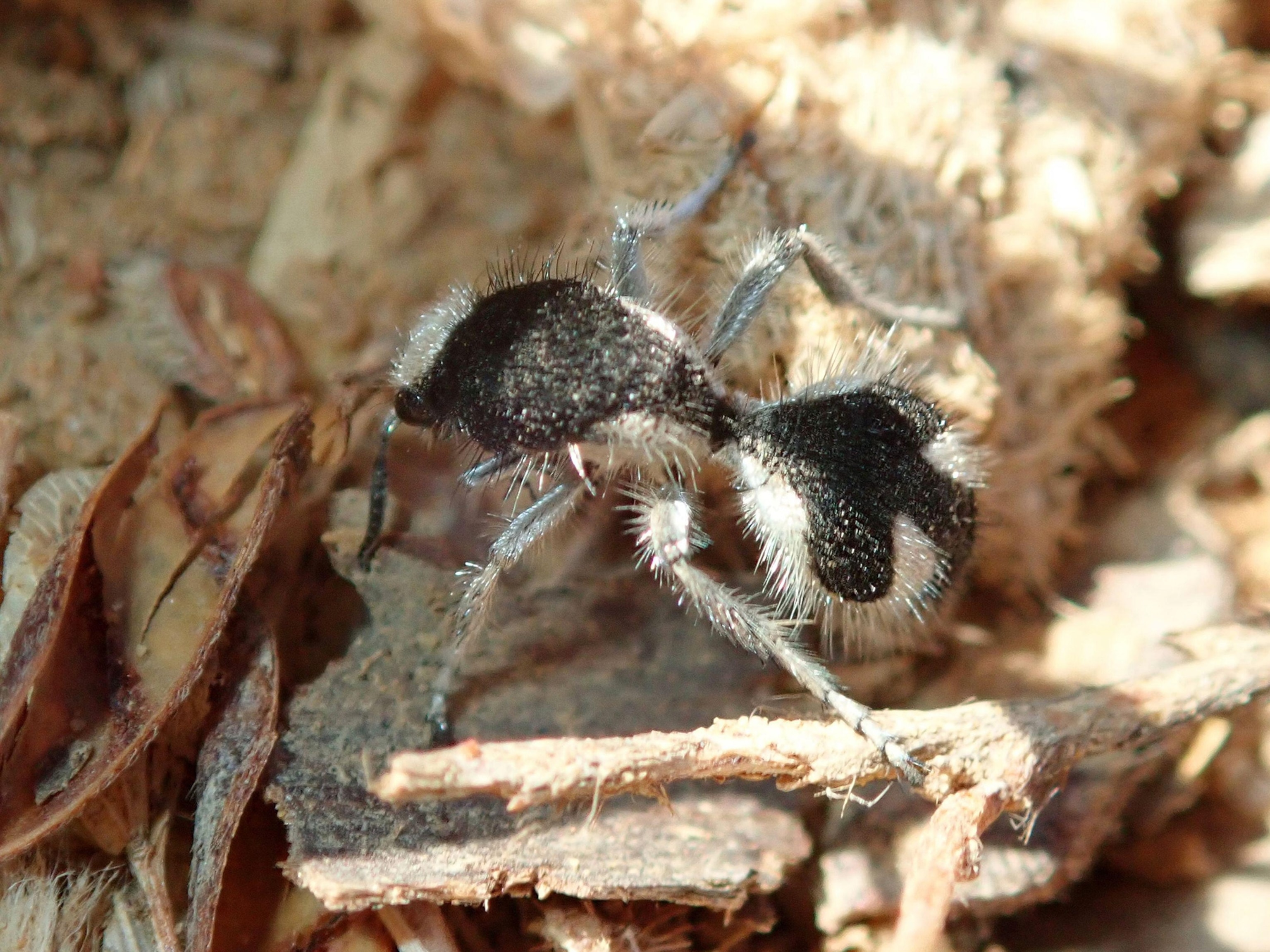
A recent study found that the ant’s black color is more complex than it appears. When light hits the exoskeleton, it gets scattered by the wasps’ hairs, or setae, and then absorbed by the ultrablack cuticle. As a result, less than one percent of that light is reflected, according to a study published last December in the Beilstein Journal of Nanotechnology.
This makes the velvet ant’s color what scientists call “ultrablack” or “superblack”.
Traditional black colorations reflect around five to ten percent of the light that hits it, says Rhainer Guillermo-Ferreira, an entomologist at the Federal University of Triângulo Mineiro in Brazil and coauthor of the new study, along with his PhD student, Vinicius Marques Lopez.
Interestingly, while ultrablack is considered rare in nature, it seems to have evolved several times in groups of animals that are not closely related, including spiders, insects, reptiles, birds, and fish.
Because ultrablack cannot be determined by the naked eye, finding examples of it involves a little bit of luck.
“When you’re measuring 99 percent of the animals, it’s black, black, black, black, black, black, and then suddenly, you find an ultrablack species,” says Guiellermo-Ferreira.
More than just a quirk of evolution, scientists believe studying ultrablack may lead to advances in solar panel and imaging technology.
How ultrablack helps velvet ants disappear
Now that scientists keep finding ultrablack in nature, the race is on to understand what benefits it might provide. And in velvet ants, the answer may be multi-fold.
Female velvet ants are parasites of certain species of wasps and bees, seeking out their nests and laying eggs on the helpless pupae. And when they’re out searching for their targets, they are exposed, scuttling around on the open ground.
Guiellermo-Ferreira suspects these conditions are what lead to the female velvet ant’s powerful sting. And as with skunks and bees, its black-and-white colorations are aposematic, or warning signals, of that venomous punch.
While the velvet ant’s colors make it conspicuous, he says the animals are known as “sorcerer ants” for the way they can disappear.
“The contrast between ultrablack and white is a much more complex visual signal, and it creates a puzzling visual effect,” says Guiellermo-Ferreira. “They kind of create this weird movement, and your eyes get a little bit confused.”
Even more curious is that males of this species, which can fly, don’t possess the ultrablack females do. And because females control mate choice, this suggests ultrablack has no role in reproduction but has evolved as way to help the females perform their ground-walking maneuvers without getting preyed upon.
Finally, the scientists found evidence that ultrablack may also provide a secondary benefit of helping the velvet ants regulate their temperature under the sweltering Brazilian sun.

The Gaboon viper’s self-cleaning camouflage
Half a world away, in the very wet rainforests of central Africa, a Gaboon viper sits coiled in undergrowth looking like a pile of dead leaves.
Interestingly, part of the Gaboon viper’s intricate camouflage is made up of stark black patches that can only truly be appreciated via a scanning electron microscope.
“The black coloration is coming not necessarily just from the pigment, but also from the specific microstructure,” says Stanislav Gorb, a zoologist at Kiel University in Germany.
Similar to the velvet ant, when light hits these parts of the viper’s body, the vast majority of it becomes trapped and cannot be reflected back out to the viewer. Scientists have also found a similar feature in deep sea fish, such as the viperfish, which absorbs incoming photons to cloak itself in the abyss.
(Learn more about why this deep sea fish is so exceptionally black.)
Gorb believes the Gaboon viper’s ultrablack works with its hydrophobic scales to repel debris. The snakes are often found on the ground, he says, and if that mud stuck to them, it would ruin the value of their ultrablack patterns.
“You have a kind of self-cleaning effect,” says Gorb, who published a paper on Gaboon viper scales in 2013. “It is like an unbreakable camouflage.”
Using ultrablack to attract attention
A blue-frosted banner butterfly flexing its wings on a twig, a bird-of-paradise unveiling its bizarre courtship feathers on a log—look across the animal kingdom and you will find many more instances of ultrablack at work.
Unlike the Gaboon viper and viperfish, these animals want to be seen, and ultrablack seems to play a role in sexual signaling.
In a study that looked at the feathers in birds-of-paradise, scientists suggested that because ultrablack frequently appears next to “bright, highly saturated, and structural colors”, the dark patches may actually “exaggerate the perceived brilliance of adjacent color patches”.
A similar strategy may help other animals that dance or display themselves to woo potential mates, such as the peacock spider, Maratus tasmanicus.
Because each animal has different features that produce ultrablack—butterfly wings have longitudinal ridges while snake scales have vertical cones—scientists have different ways to create this color when working on biomimetic designs.
Ultrablack-inspired biomimetics could help us better calibrate optical devices, Gorb says, or build solar panels that harvest light more efficiently. But each application may require a slightly different approach.
“And that’s why it is maybe important not to explore it in one single species, but in different species,” says Gorb.
In the end, when it comes to finding ultrablack animals, says Gorb, the vast majority of species remain unexplored.


